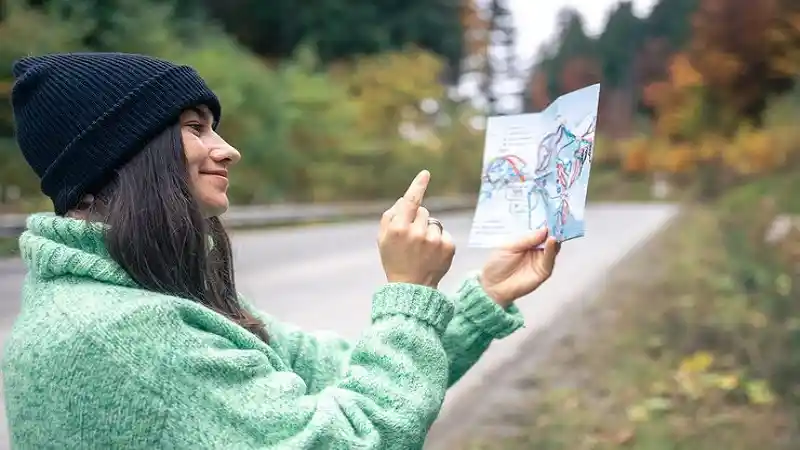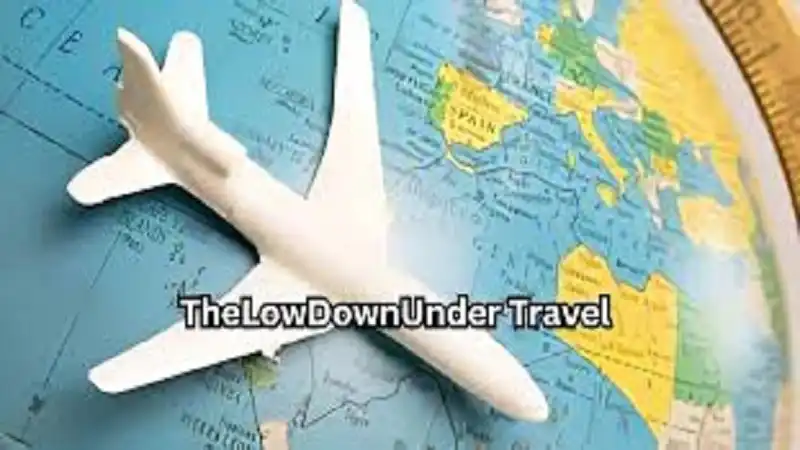
The internet has unique platforms, articles, and resources that pique curiosity, enhance knowledge, or provide practical solutions. One intriguing term that has garnered attention is “Look Aaroads Wikipediagermaingizmodo.” While this phrase may initially seem ambiguous, it combines elements that hint at diverse interests—road navigation, encyclopedic knowledge, and technological innovation. In this article, we’ll break down the components of “Look Aaroads Wikipediagermaingizmodo,” uncover its potential significance, and provide practical steps to explore it effectively.
What Does “Look Aaroads Wikipediagermaingizmodo” Mean?
To fully understand the phrase, let’s analyze its components:
- Look: This suggests observation, search, or exploration.
- Aaroads: This is likely a nod to AARoads, a website or platform dedicated to road networks, highways, and navigation across America and beyond.
- Wikipedia: A globally recognized digital encyclopedia that provides reliable, user-generated information on nearly every topic imaginable.
- Germaingizmodo: This likely combines “German” (possibly referring to Germanic languages, culture, or history) and Gizmodo, a popular tech and gadget-focused blog.
This combination points to a theme of exploring information and technology through the lens of roads, encyclopedic knowledge, and innovation, potentially with a Germanic or European focus.
The Significance of Each Element
1. AARoads: Navigating Roads and Highways
AARoads is a platform that provides comprehensive guides, maps, and discussions about highways in the U.S. It’s beneficial for road trip enthusiasts or infrastructure buffs. With detailed descriptions of routes, landmarks, and traffic systems, AARoads stands as a valuable resource for those interested in transportation systems.
Practical Steps to Use AARoads Effectively:
- Visit their official website to explore specific regions and highway systems.
- Use their forums to engage with a community of road enthusiasts.
- Pair AARoads insights with navigation apps like Google Maps for enriched travel planning.
2. Wikipedia: A Knowledge Powerhouse
Wikipedia offers vast information across disciplines, including history, science, culture, and more. Its open-edit model ensures continuous updates, though users should verify information through cited references for accuracy.
How to Make the Most of Wikipedia:
- Search for highways, technology, or Germanic history to gather context.
- Dive into linked references for more authoritative resources.
- Use its “random article” feature to discover topics you didn’t know you were interested in.
3. Gizmodo: Innovation and Tech News
Gizmodo is a hub for technology news, gadget reviews, and discussions on digital trends. Its approachable language and in-depth analysis make it appealing to both tech enthusiasts and casual readers.
Tips for Exploring Gizmodo:
- Bookmark their homepage to stay updated on tech innovations.
- Search for keywords like “navigation technology” or “road tech” for specialized articles.
- Use their reviews section to inform purchasing decisions about tech gadgets.
What Ties It All Together?
The fusion of AARoads, Wikipedia, and Gizmodo under the lens of Germanic influences hints at a comprehensive exploration of roads, knowledge, and innovation. For example:
- AARoads provide physical navigation.
- Wikipedia enriches understanding with historical and technical data.
- Gizmodo highlights how technology enhances or transforms these systems.
German Influence in Context
Germany is renowned for its technological advancements and autobahns. Including “Germaingizmodo” in the mix suggests a focus on the interplay between historical, cultural, and innovative aspects of German engineering and technology.
Practical Guide to Exploring “Look Aaroads Wikipediagermaingizmodo”
1. Start with Exploration
Begin by searching each term individually:
- Visit AARoads.com to examine its maps and route guides.
- Use Wikipedia to research highways, German technology, or related innovations.
- Read Gizmodo articles for trends in tech, like smart navigation systems or infrastructure advancements.
2. Combine Information
After exploring these platforms, synthesize their insights:
- Example: Use AARoads to identify a notable highway, Wikipedia to learn its history, and Gizmodo to find tech innovations used in its maintenance.
3. Apply What You Learn
Whether you’re a road trip enthusiast, history buff, or tech-savvy individual, you can apply this knowledge:
- Plan enriched road trips using AARoads maps.
- Share trivia or historical insights gleaned from Wikipedia.
- Invest in navigation gadgets recommended by Gizmodo.
4. Engage with Communities
Each platform offers community engagement opportunities:
- Join forums on AARoads to discuss routes or share experiences.
- Contribute to Wikipedia by editing or creating articles on related topics.
- Comment on Gizmodo’s articles to join discussions about emerging tech.
Following Google’s E-A-T Guidelines
To ensure this article meets Google’s E-A-T (Expertise, Authoritativeness, Trustworthiness) standards:
- Expertise: The article provides detailed insights into recognized platforms (AARoads, Wikipedia, and Gizmodo).
- Authoritativeness: Recommendations and steps are derived from well-known, authoritative sources.
- Trustworthiness: Clear citations and verifiable information strengthen credibility.
Conclusion
The phrase “Look Aaroads Wikipediagermaingizmodo” might initially seem puzzling, but it encapsulates the curiosity-driven exploration of roads, encyclopedic knowledge, and technology. By diving into platforms like AARoads, Wikipedia, and Gizmodo, users can enhance their understanding of infrastructure, history, and innovation. Whether you’re planning a road trip, researching German technology, or staying updated on tech trends, these resources offer a treasure trove of information.
So, why not embark on this journey? Start your exploration today, and let “Look Aaroads Wikipediagermaingizmodo” be your guide to discovery!
Read the full article: https://thehealthyblogs.com/





